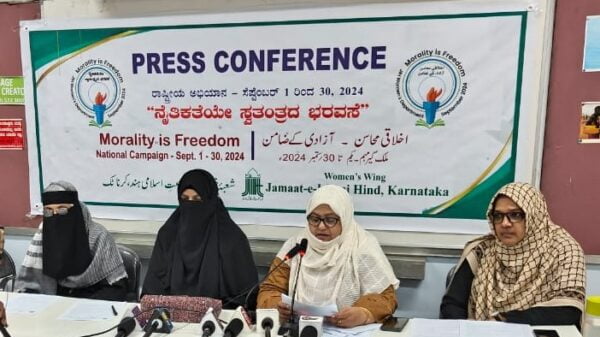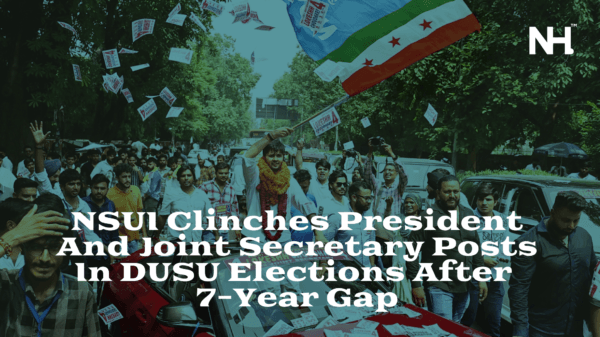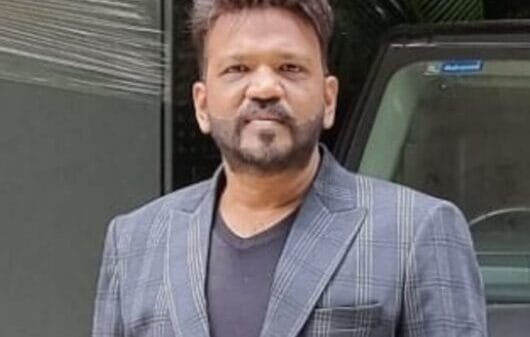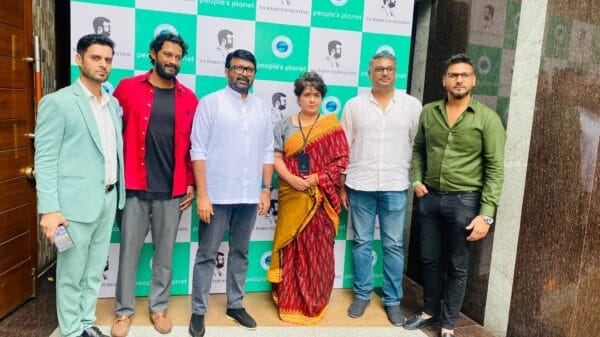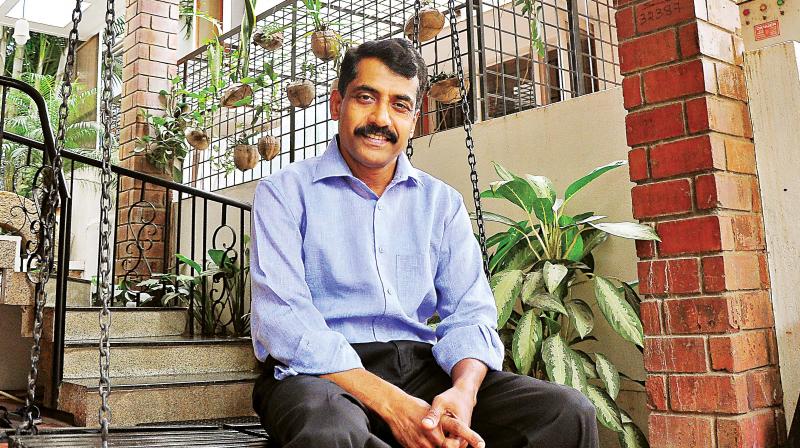We all know the importance of saving water.
Our primary class value education books are filled with the importance of water.
We are also taught things like rainwater harvesting in our schools but no one even tries to implement these systems even at the small level.
But I am sure many (especially desi fathers) will be excited to try the system after reading this article, as because of this system a person has saved a lot of money.
This article is about a man named A R Shivakumar.
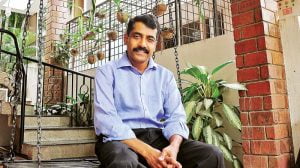
AR Shivakumar.
Credits:- Deccan Chronicle
He understood the geographical problems of Banglore and how even though Cauvery, the closest perennial river, flows over 100 km away and as it is at an altitude that is nearly 1,000 feet lower than Bengaluru’s, making it extremely expensive to pump water to the city’s residential areas. Also, with the city’s population swelling over the years, groundwater levels have decreased sharply.
Thus he started rainwater set up at his house which has helped him fulfil all the water needs of their family (including drinking).
This has helped him to avoid any water bills for the past 23 years.
Who is AR Shivkumar & why did he start rainwater harvesting?
AR Shivkumar is a senior scientist at the Karnataka State Council of Science and Technology (KSCST) at the Indian Institute of Science (IISc).
He is also a vociferous proponent of RWH (Rainwater Harvesting), he does not have a Cauvery water connection in his home and he has been relying entirely on collected rainwater to serve all his family’s needs for over two decades.
Shivakumar has also invented tools that simplify RWH at home and has even worked with local authorities to popularise rainwater harvesting in Bengaluru!
AR Shivakumar believes that a lot of water is being wasted due to mismanagement and that planned rainwater harvesting (RWH) can effectively sustain the city’s water supply.
He was also disturbed by cities’ over-dependence on the Cauvery for its water supply.
How did his journey into Rainwater harvesting start and how did he do it?
In 1995, when Shivakumar started building his house, he did a lot of research to look for alternatives that would fulfil his family’s needs without harming the environment.
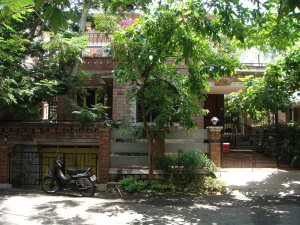
House Of AR Shivakumar named Sourabha
Credits:- Better India Foundation
Being a scientist he started by scientifically studying the water consumption of their family.
He also went to study the average rainfall for many years.
He found that his findings matched the water consumption norms published by WHO – a family of four uses approximately 500 litres of water per day.
He also realised that there is more than enough rainfall in the city, even in the worst monsoon-deficient years.
The only problem was that rain in Banglore remains for 60-70 days but this water has to be used all year round (365 days).
In his calculations, he also understood that the gap between two good rains is seldom more than 90 to 100 days.
There thus his ingenuity came, after down all the required calculations he built a series of RWH tanks that could store almost 45,000 litres of water to tide over these 100-odd days.
Also, to ensure that a motor was not needed, I stored the water on the rooftop to avoid it being sent down and pumped up again.
Each of his tanks was fitted with a filter device that has been built and patented by Shivakumar himself. Called Pop-Up Filter, the device uses a simple silver sheet to remove all impurities from the collected rainwater before channelling it around the house.
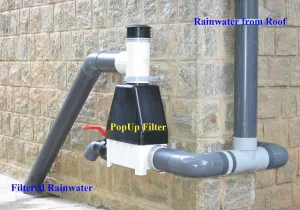
The Filtering system designed by AR Shivkumar.
Credits:- Better India Foundation
He also dug pits in his gardens to help water percolate, within one year the groundwater table around Shivakumar’s house ‘Sourabha’ rose from 200 ft to around 40 ft.
He had rules set up in his house for judicious water use, while he also created a great grey water treatment system.
The outlet water from his washing machine is stored in a separate tank and is used for flushing toilets in the house. In the same way, water from the kitchen is stored and used for gardening.
Doing such small tweaks helped him not only save a lot of money but also helped the environment and his city.
Over the years he has designed and implemented hundreds of rainwater harvesting projects in Bangalore, including at Vidhana Soudha, the Karnataka High Court, corporate offices (such as Arvind Mills and Intel India) and several housing societies in the city.
Credits:- The Better India Foundation and Barely Opinionated (Instagram page)
Featured Image Credits:- Deccan Chronicle





























